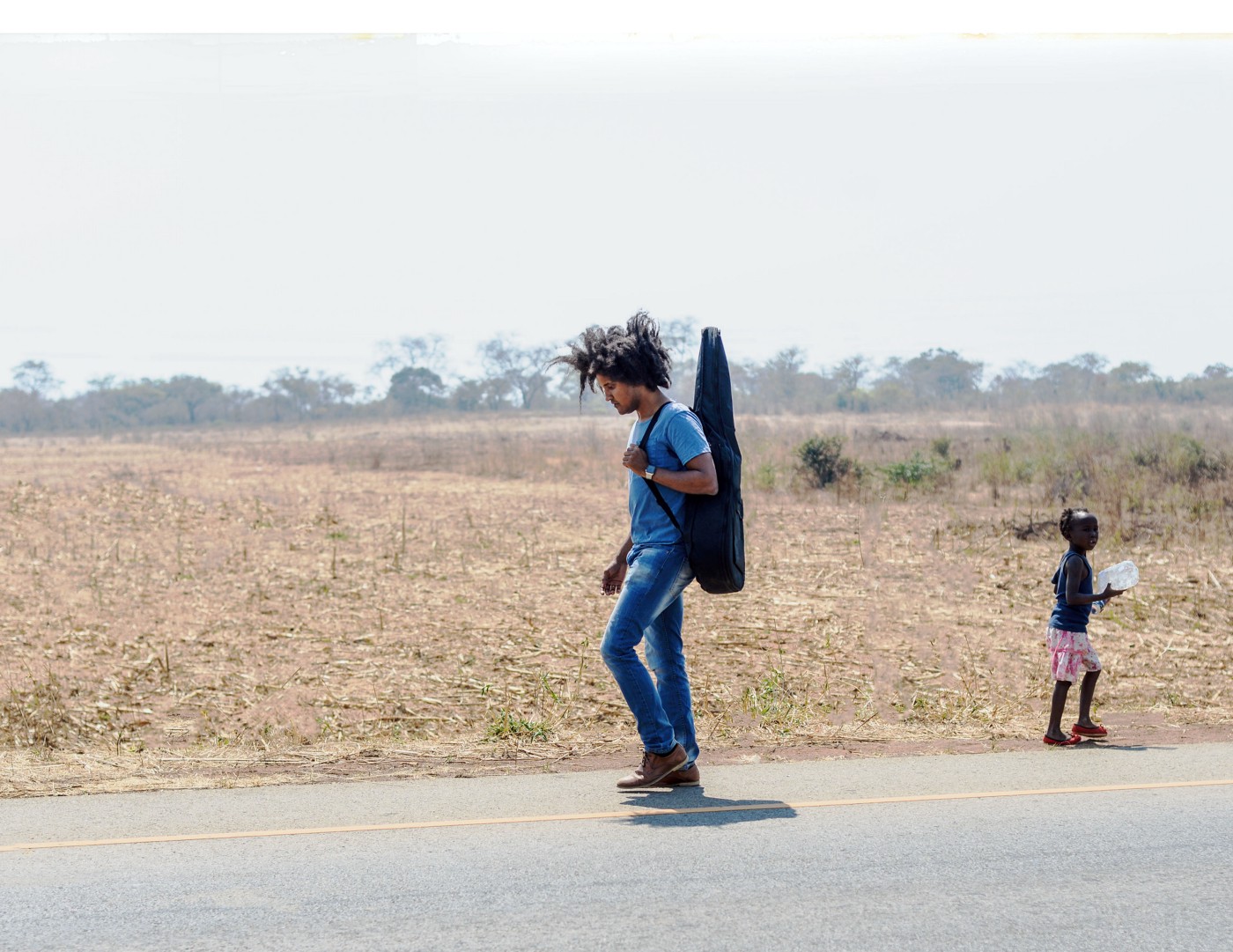At MPRM Communications, we are privileged to work with some amazing storytellers, from independent filmmakers to entrepreneurs who set out to change the world. But just like the proverbial shoemaker’s children who go without shoes, they often need help in crafting their own stories. Because it is our business, we are also keen observers of other practitioners of the art of storytelling, whether in service of an issue, business, promotion or simply to entertain. What we plan to undertake here is a weekly look at the different ways storytelling can be used from transporting audiences to motivating change to building a business or creating awareness.
Some of the best storytellers are songwriters, especially those who have used their words and voices to further a cause. Woody Guthrie, Pete Seeger and Bob Dylan are among the first modern era artists who used their platform to serve a movement. Many have followed, extolling the importance of everything from animal rights to climate change to raise awareness, as well as funds, for their cause.
Another great example is an MPRM client, Doin’ My Drugs, a documentary about one man’s crusade to use his music to wipe out AIDS. It’s about acclaimed Danish musician Thomas Buttenschønwho was born with HIV and lost both his parents to AIDS at the age of nine. Born in Zambia, Thomas was raised in Denmark, where the family returned for treatment. He has been able to live a normal life thanks to antiretroviral treatment. Staying in Zambia would most likely have been a death sentence for Thomas, not for lack of treatment which is also available there, but because people were more afraid of the stigma that comes with diagnosis than of the disease itself. Together with other activist singer-songwriters in Zambia who use their art to advocate for causes, Thomas uses his own story and music to bring HIV and AIDS out of the shadows in order to encourage mass testing and treatment.
The film also helps us to better understand why we sometimes act against our own self interest. Puzzled why so many Americans have rejected wearing a mask or social distancing to combat yet another deadly wave of COVID-19, the parallels in Zambia, where so many people refuse to be tested for HIV provide some understanding.
In both cases, the decision is potentially life threatening. And because both diseases are contagious, refusal to test or wear a mask is life threatening for others, not just the individual making the decision. So what holds people back? Mostly likely fear and denial.
In the case of COVID, the disease doesn’t lead to ostracism, but wearing or not wearing a mask might. Just as denial about HIV didn’t prevent its spread or people dying, the same is true about refusing to accept the idea that simple mitigation activities like social distancing or wearing a mask can put a dent in the pandemic.
Right now the COVID story is primarily being crafted by scientists and politicians whose views are endlessly debated by media pundits across the political divide. It’s an important story but one that doesn’t necessarily connect on an emotional level, especially through the political divide. A story that all can share, the bravery of first responders who put their lives on the line to save others, has become the subject of numerous articles, news shows and now documentaries.
While many talented artists came together at the beginning of the pandemic to raise our spirits and money for those in need, they will be more important than ever to motivate people to avoid risky behavior, and most importantly help open their minds to the importance of vaccination when it becomes available on a massive scale.
To paraphrase a Dylan lyric, the times they need to be changing.
